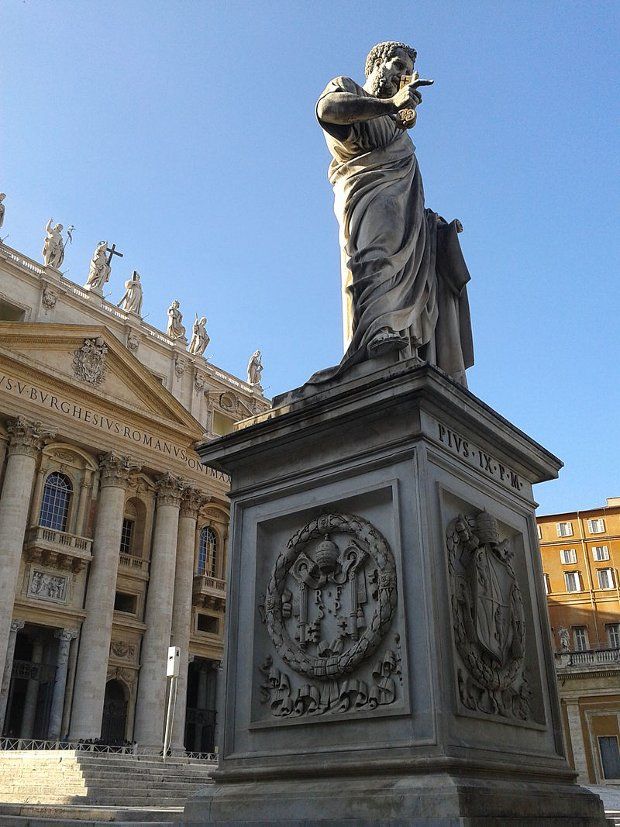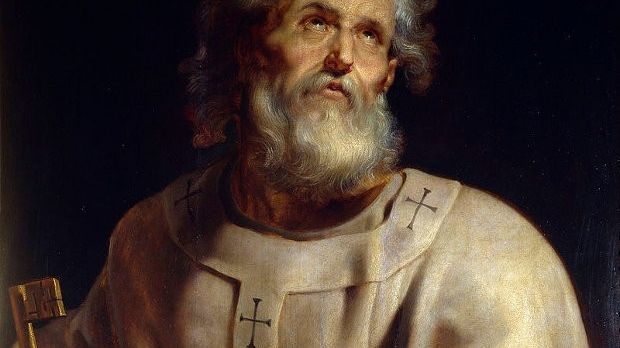St. Peter is celebrated by the Catholic Church as the first pope, ordained by Jesus himself. As the first leader of the Catholic Church, he not only helped spread Christianity across the globe but also established the customary papal blessing gesture, otherwise known as the hand of benediction.
When giving his blessings, St. Peter would do it with his hand half open, his pinky and ring finger curled or flexed to the palm. Over the centuries, this gesture was copied by the majority of the popes that followed him, becoming the traditional hand of benediction.
Now, in a study published in the science journal Clinical Anatomy, researcher Bennett Futterman argues that St. Peter didn't bless people using this gesture because the pose itself had some special significance to him, but because he didn't really have a choice.
Nerve damage explains the customary hand of benediction
Specialist Bennett Futterman, an anatomy professor at the New York Institute of Technology's College of Osteopathic Medicine, thinks the reason St. Peter would keep his hand half open and his pinky and ring finger curled when blessing people was because of nerve damage.
True, the issue has been widely discussed by scientists for many years now. It's just that researchers who tackled this puzzle in the past couldn't quite settle on damage to the median nerve or to the ulnar nerve as the most likely explanation.
“The origin of the Papal Benediction Sign has been a source of controversy for many generations of medical students. The question has been whether the Papal Benediction Sign posture is the result of an injury to the median nerve or to the ulnar nerve,” says Bennett Futterman.
Having studied St. Peter's life, researcher Bennett Futterman is confident to say that it was an injury to his ulnar nerve that gave rise to the blessing hand gesture then embraced by most of the popes who followed him as leaders as the Catholic Church.
“It fits,” the specialists sums up his stance on this riddle
In his report in the journal Clinical Anatomy, Bennett Futterman explains that those in favor of damage to St. Peter's median nerve as the origin of the hand of benediction work on the assumption that, when giving his blessings, he actually wanted to make a fist.
The median nerve runs from the shoulder all the way through the tip of the pinky, the ring, the middle and the pointer finger. Had St. Peter suffered an injury to this nerve, he could no longer make a fist and instead could only curl two of his fingers, the proponents of this theory say.
Bennett Futterman disagrees. He says that, as a holy man, there is no way St. Peter would have tried to offer his blessings by making a fist. “A fist has always been a symbol of war. No holy man would ever bless the faithful, a crowd, or followers, by making a fist.”
Hence, assuming that St. Peter had instead sustained damage to his ulnar nerve, which runs from the elbow and allows muscles to control the ring finger and the pinky, makes more sense. He probably wanted to bless people with an open hand but, because of this injury, couldn't.

 14 DAY TRIAL //
14 DAY TRIAL // 

